Many student travel itineraries focus on major urban hubs like Washington, D.C., New York City or Chicago. Western Montana’s Glacier Country, however, offers a different kind of classroom—one defined by wide-open spaces, hands-on learning and experiences that merge adventure with education. Student groups can explore pristine public lands, engage directly with scientists and cultural educators, and take part in activities that encourage both discovery and teamwork. The result is a tour that goes beyond sightseeing, leaving students with knowledge, perspective and memories that last well beyond their time in Montana. Whether your focus is education, performance or service tours, Western Montana provides a range of opportunities that can enrich any student itinerary.
Education Tours
Western Montana’s Glacier Country serves as a dynamic classroom where students can pair outdoor exploration with meaningful learning. From public lands and cultural heritage to sciences and sustainability, the region offers a range of educational experiences for student groups.
National Parks and Public Lands
Glacier National Park, located in Western Montana, is over 1 million acres of the most intact ecosystem in the lower 48 states. Regionwide, you’ll find protected landscapes that provide unmatched opportunities for outdoor learning. Students can participate in cultural activities through Sun Tours and Native America Speaks, hike through alpine forests or raft a designated Wild Scenic River with Glacier Guides, or study conservation in action with programs at the Glacier Institute.
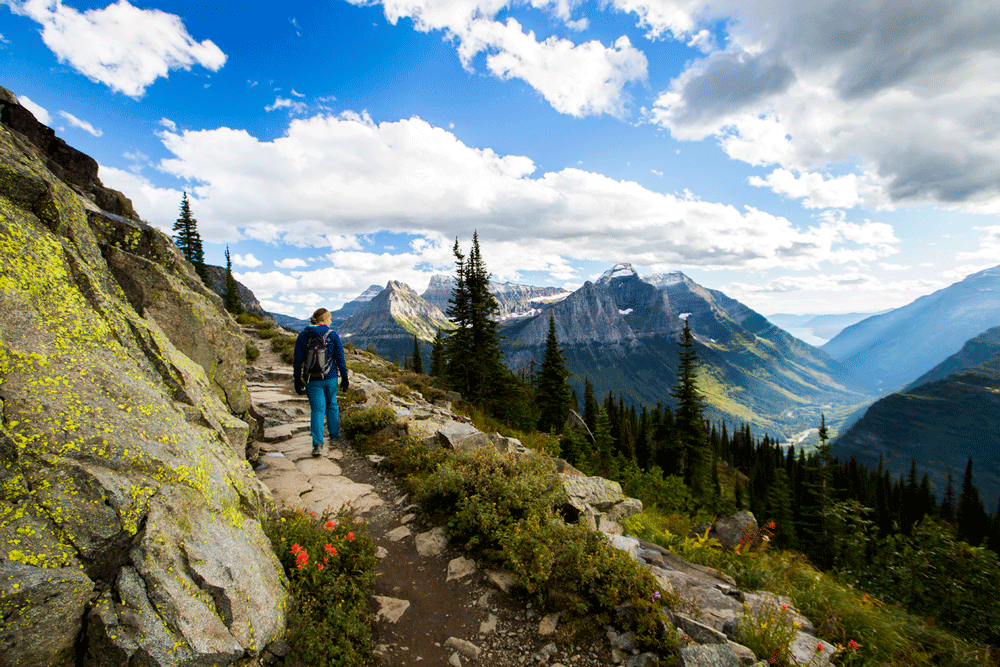
Universities and Research Institutions
Colleges and research centers in the region connect student groups with academic expertise and experiential learning. Opportunities range from exploring topics in public health and climate science with the Wild Rockies Field Institute at the University of Montana to hands-on forestry studies at Lubrecht Experimental Forest. The Lubrecht forest even has its own lodge, which sleeps 34 people.
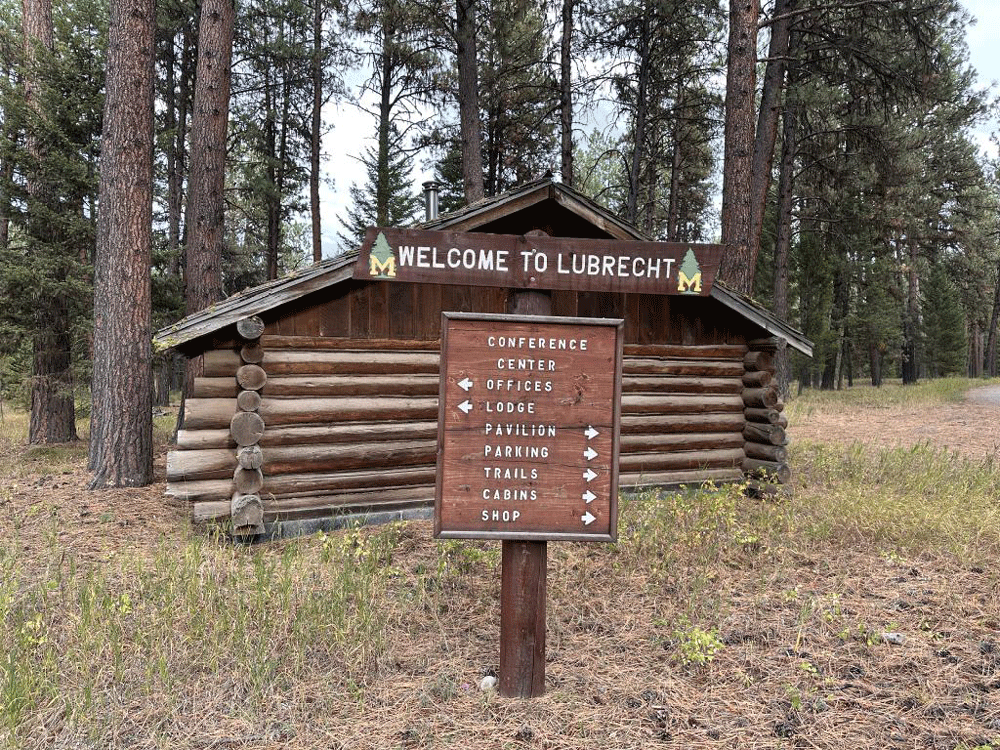
Wildlife and Ecology
Montana’s diverse ecosystems allow students to study wildlife in its natural habitat. Wildlife educational tours may include visits to national wildlife refuges, birding programs or conservation-focused field days. Options include the Lee Metcalf National Wildlife Refuge in Stevensville, which allows students to take part in fishing clinics, duck programs, journal and backpack programs, and birding for all ages. Additionally, the Owl Research Institute and interactive experiences like Montana’s Eagle Experience and the CSKT Bison Range help connect students to the importance of protecting and understanding native species.
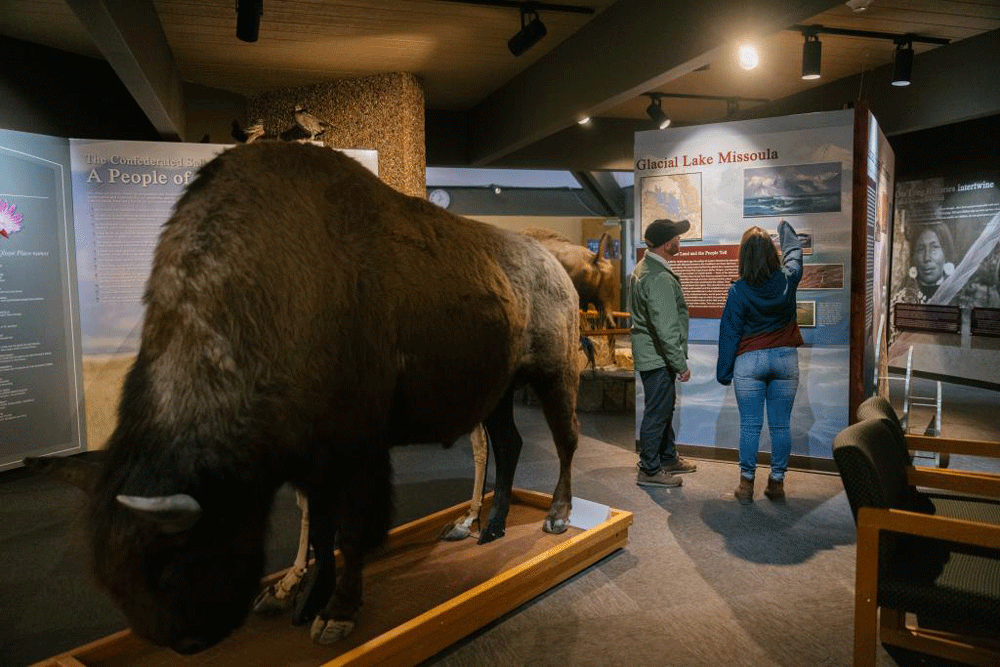
Indigenous Cultural Education
Within Glacier Country are two distinct Tribal Nations with traditions and histories that enrich any student itinerary. Tribal Nation cultural opportunities may include museum visits, storytelling, cultural events or interpretive tours that highlight both historic and contemporary life. Programs offered by the Blackfeet Nation and the Confederated Salish and Kootenai Tribes, as well as experiences like pow wows, Native cuisine, and visits to places like the Museum of the Plains Indians and Three Chiefs Cultural Center, provide meaningful cultural engagement.
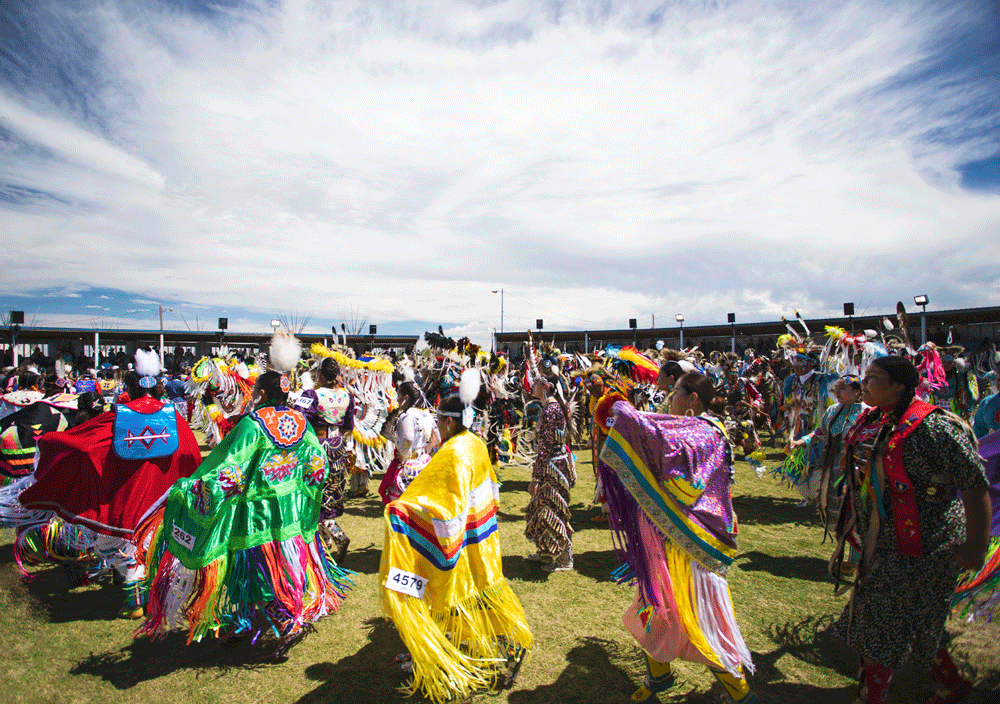
Earth Sciences and Geology
The landscapes of Western Montana reveal powerful stories of geologic change. Student groups can study features shaped by Glacial Lake Missoula, explore the Bob Marshall Wilderness Complex or learn about the natural history of Flathead Lake. These sites serve as natural laboratories where geology comes alive through visible landforms, diverse ecosystems and ongoing environmental processes.
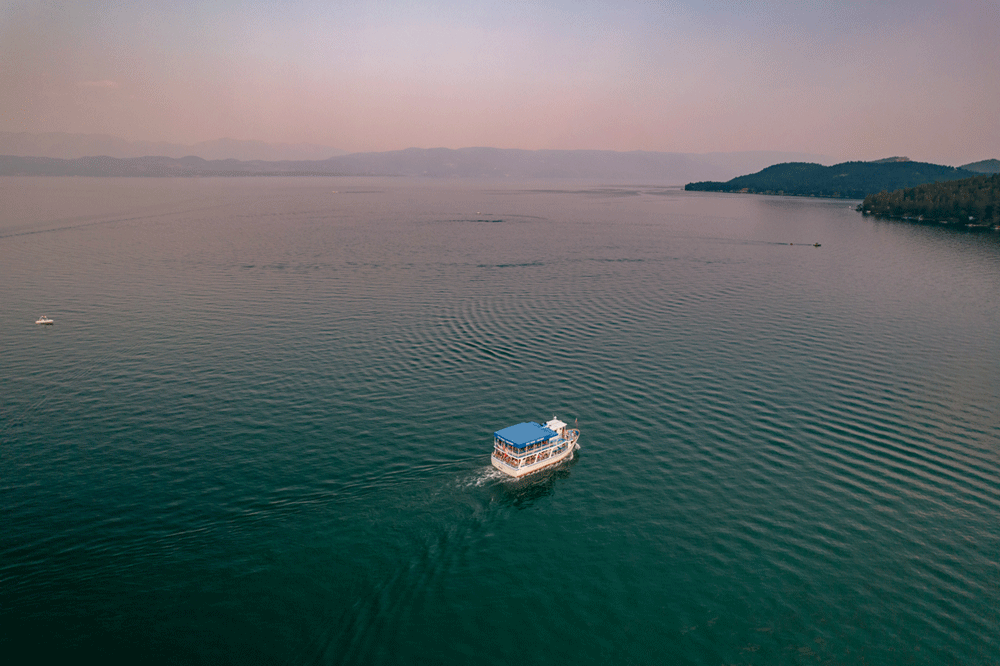
Agriculture and Sustainability
An agritourism adventure introduces students to Montana’s agricultural traditions and sustainable practices. Groups may experience activities like fruit picking, cheese making and observing permaculture systems. Stops at places like family orchards, dairies and permaculture farms illustrate how agriculture connects to broader themes of sustainability and conservation.
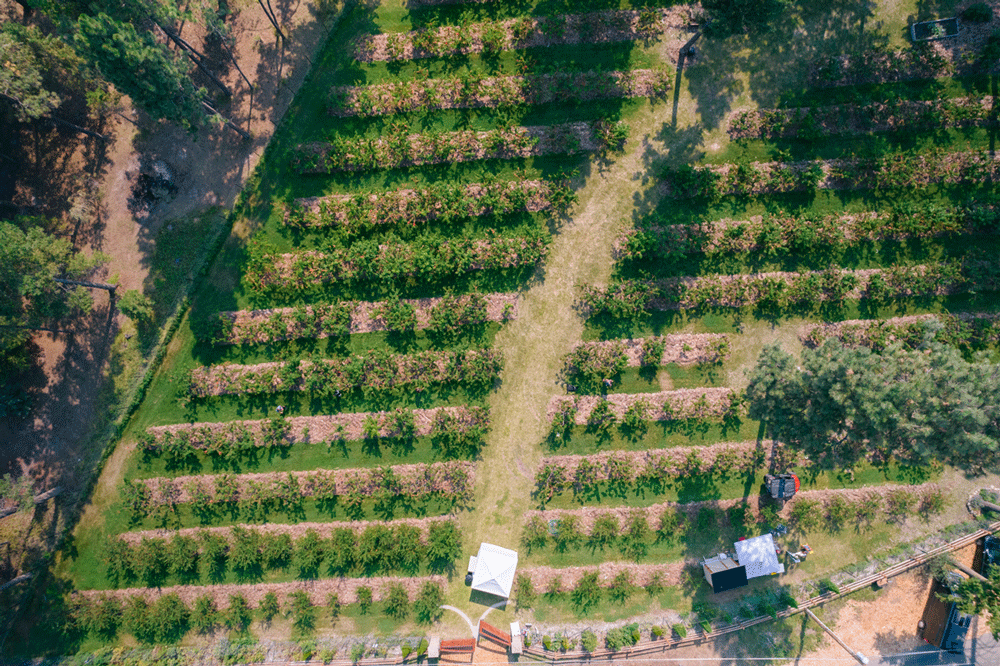
Astronomy and Stargazing
Montana’s expansive skies offer some of the best stargazing conditions in the lower 48 states. Educational opportunities may include ranger-led viewing programs, observatory visits and indoor planetarium experiences. Stargazing tour highlights include the Blue Mountain Observatory, the Payne Family Native American Center’s Star Gazing Room, and night sky programs in Glacier National Park showcase the region’s unique access to star-filled skies and offer occasional views of the northern lights.
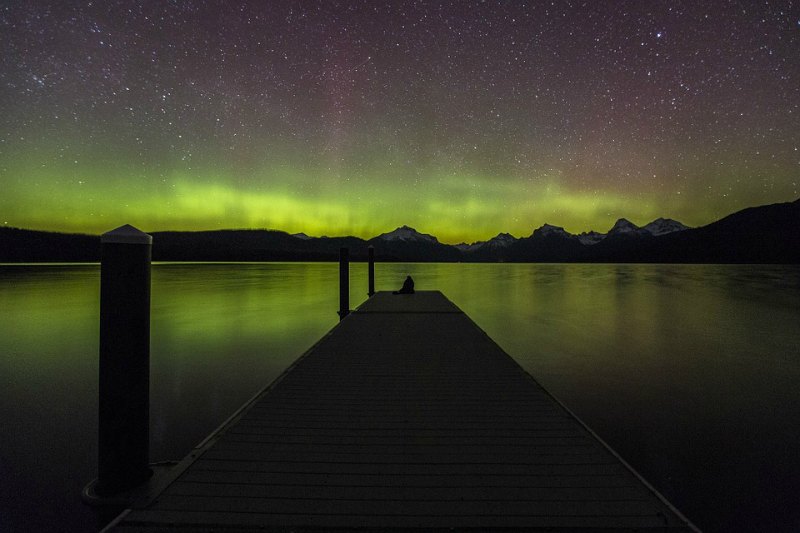
Performance Tours
Western Montana offers distinctive opportunities for student groups to share their talents in inspiring and memorable settings. While the region may not be home to large concert halls or well-known arenas, it provides performance experiences that emphasize community, culture and connection to place.
Student ensembles might join local university bands, participate in festivals or perform at community events that welcome outside groups. Examples include marching alongside the University of Montana’s Grizzly Marching Band, collaborating with the Missoula Children’s Theatre and performing at regional celebrations like Kalispell Arts in the Park or international gatherings like the Montana International Choral Festival.
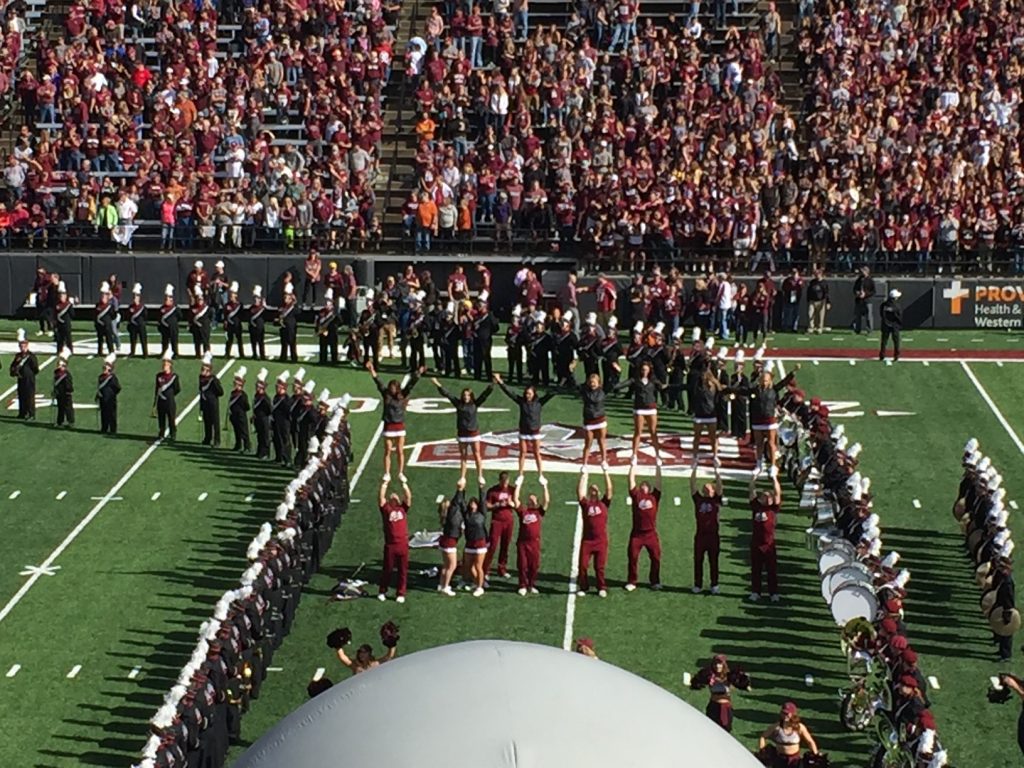
Service Tours
Service-oriented travel offers students a way to connect with destinations on a deeper level while giving back in meaningful ways. Western Montana provides a strong setting for these experiences, with opportunities that combine volunteer work, conservation and cultural learning.
Groups might assist with trail restoration or habitat projects on public lands, volunteer with one of the regions many nonprofit organizations or support community programs that serve youth and families. Service opportunities can also extend to working alongside Indigenous nations, where students gain cross-cultural perspectives through projects that honor tradition and foster respectful relationships. These experiences encourage teamwork, build empathy, and allow students to return home with both lasting memories and a sense of purpose.

All of these student tour opportunities can—and should—be paired with some fun in Western Montana, including whitewater rafting, fly-fishing lessons, hiking and biking, and, of course, a visit to Glacier National Park. If you need further help putting together a student tour through Western Montana, visit our tour operator site or drop me a line. I’m always here to help.
Safe Travels,
DP
August 22, 2025
Related: Agritourism, American Indian, Bison Range, Bitterroot Valley, Blackfeet Nation, Browning, East Glacier Park, Flathead Lake, Fly Fishing, Glacier National Park, Group Tours, Missoula, Outdoor Adventure, Stargazing, Stargazing, Stevensville, Student tours, Sustainability, Tour Operator


Comments